Cornstarch Quicksand
Anyone who has ever watched a classic Western knows about the dangers of quicksand. You know, that gooey stuff that grabs a hold of its […]
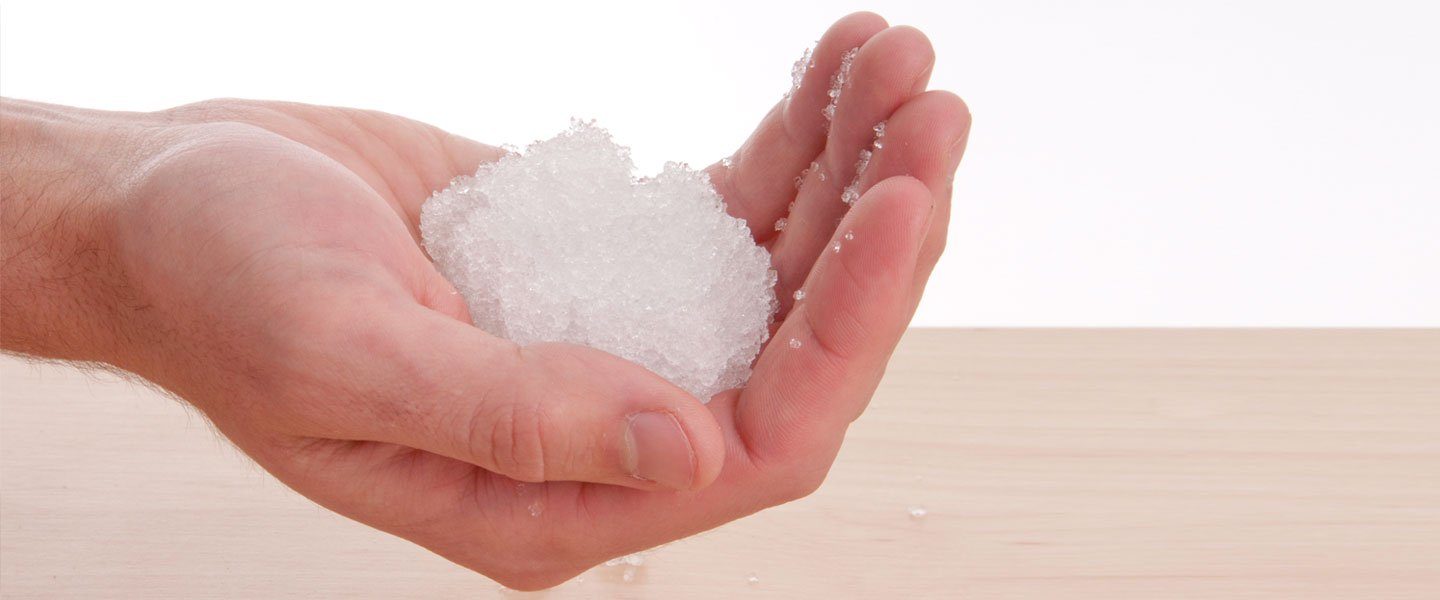
If you’ve ever changed a diaper and noticed what looked like tiny crystals on the baby’s skin, you’ve uncovered the secret of superabsorbent, disposable diapers. Those tiny crystals actually come from the lining of the diaper and are made out of a safe, nontoxic polymer that absorbs moisture away from the baby’s skin. This amazing polymer changed the way parents care for their babies, and scientists continue to find new uses for these superabsorbent polymers.
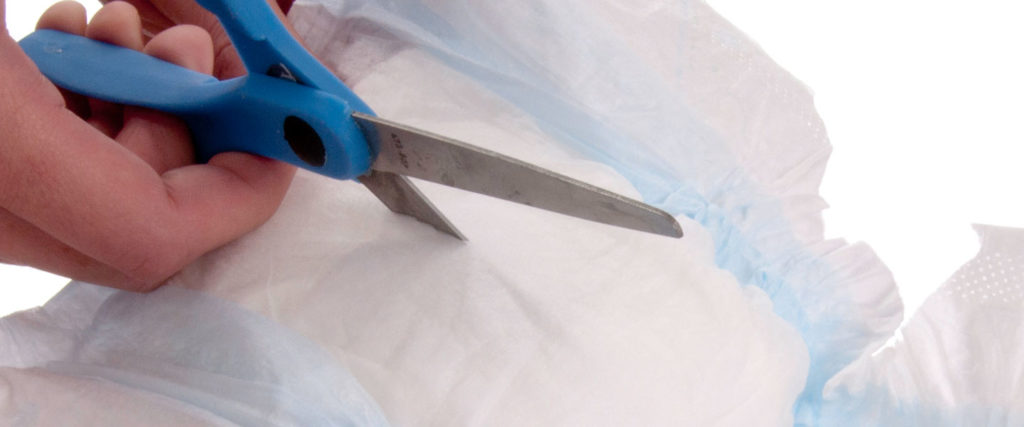
Place a new and unused disposable diaper on the piece of paper. Carefully cut through the inside lining and remove all the cotton-like material. Put all the stuffing material into a clean, zipper-lock bag.
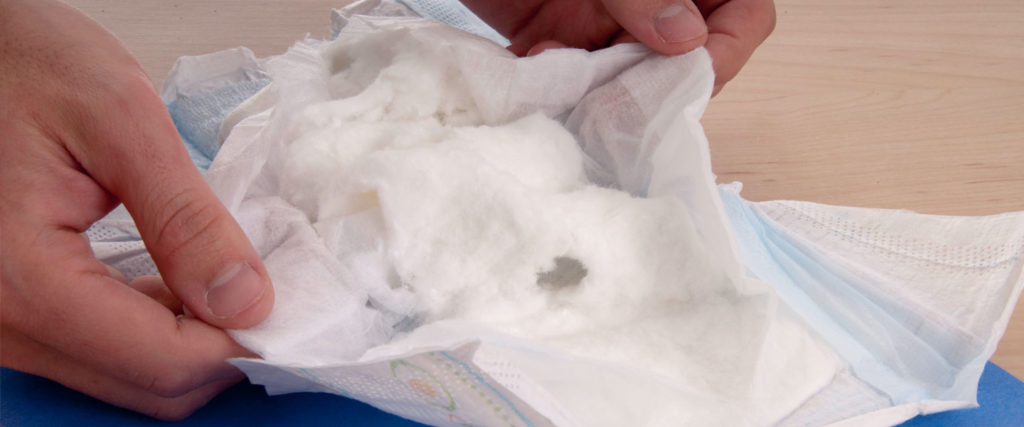
Scoop up any of the polymer powder that may have spilled onto the paper and pour it into the bag with the stuffing. Blow a little air into the bag to make it puff up like a pillow, then seal the bag.
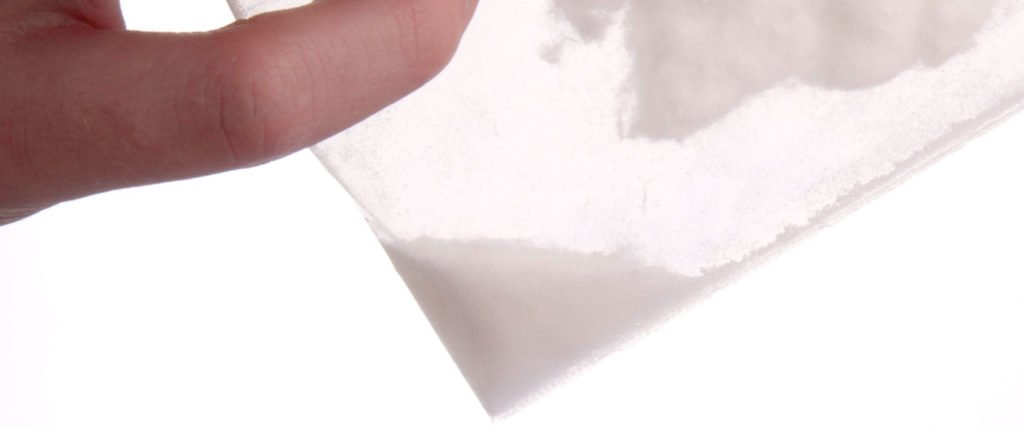
Shake the bag for a few minutes to separate the powdery polymer from the stuffing. Notice how much (or how little) powder falls to the bottom of the bag.
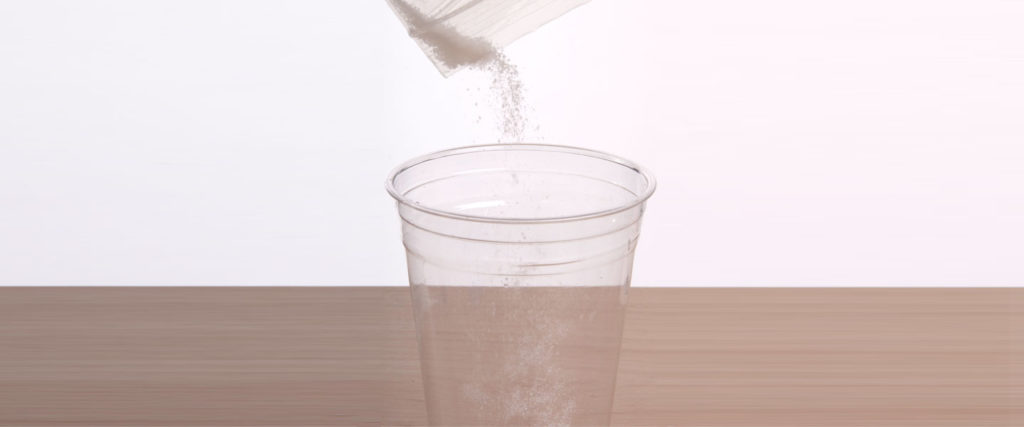
Carefully remove the stuffing from the bag and pour the dry polymer you just extracted from the diaper into a small, clear cup.
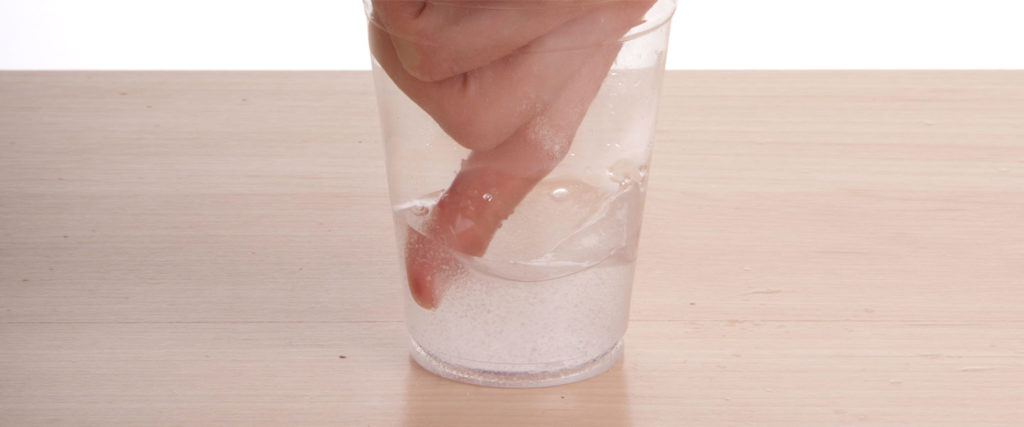
Fill the cup with about 4 ounces (120 mL) of water. Mix it with your finger until the mixture begins to thicken.
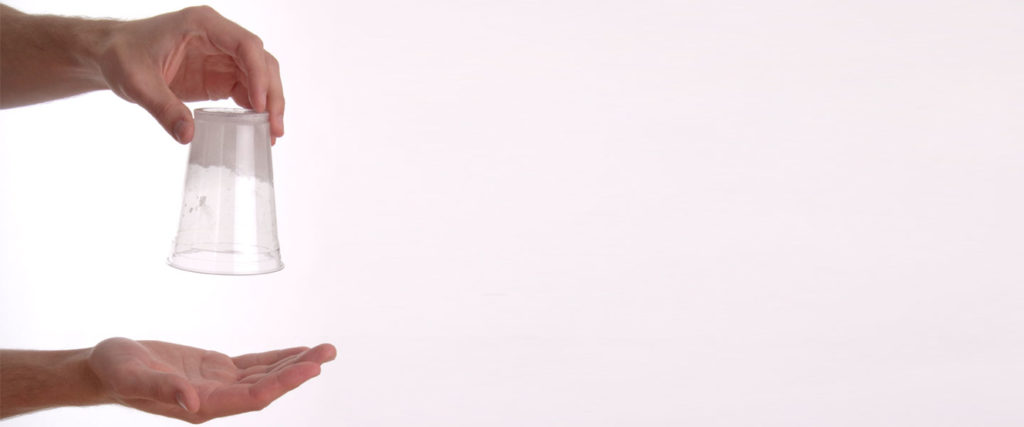
Observe the gel that the polymer and water create. Turn the cup upside down and see how it has solidified. Now you know the super, moisture-absorbing secret hiding in the lining of a baby diaper.
The secret, water-absorbing chemical in a diaper is a superabsorbent polymer called sodium polyacrylate. A polymer is simply a long chain of repeating molecules. If the prefix “poly” means many, then a polymer is a long chain of molecules made up of many smaller units, called monomers, which are joined together. Some polymers are made up of millions of monomers. Superabsorbent polymers expand tremendously when they come in contact with water because water is drawn into and held by the molecules of the polymer. They act like giant sponges. Some can soak up as much as 800 times their weight in water. Just imagine how much water a giant diaper could hold!
The cotton-like fibers you removed from the diaper help to spread out both the polymer and the liquid so that the baby doesn’t have to sit on a mushy lump of water-filled gel. It’s easy to see that even a little bit of polymer powder will hold a huge quantity of water, but it does have its limits.
In spite of their usefulness, these diapers can be a problem. If you’ve ever observed a baby in diapers splashing in a wading pool, you know that even one diaper can absorb lots and lots of water. Most public pools won’t allow them to be worn in the water because huge globs of gooey gel can leak out and make a mess of the filter system. Also, some folks used to throw them away in toilets—not a good idea! For the most part, however, these diapers are a great invention and make for dry, happy babies.
Put the pieces of gel back into the cup and smush them down with your fingers. Add a teaspoon of salt, stir it with a spoon, and watch what happens. Salt messes up the gel’s water-holding abilities. When you’re finished, pour the saltwater goo down the drain.
While adding water to a super water-absorbing polymer and watching it solidify is fascinating, it is not a science fair project, yet. You can create a science fair project by identifying a variable, or
something that you can change, in this experiment. Let’s take a look at some of the variable options that might work.
Try testing for the fastest reaction by using different temperatures of water. Which temperature of water will create the fastest reaction?
Test different brands of diapers. Be sure to use the same size diaper even though you are testing different brands. If you test a toddler-sized diaper against a newborn-sized diaper, your results will not be reliable. Keep everything the same except for the brand of diaper being tested. For each brand, grab a new diaper and slowly pour about 1/2 cup of warm tap water into the center. Hold the diaper over a large pan or sink and continue to add water, a small amount at a time, until it will hold no more. Which diaper has the most super absorbent polymer? Which of those gels water the quickest? The brand of diaper is the variable in this experiment. You’ll find out quickly if you get what you pay for or if there really isn’t much difference between different brands of diapers. New moms will be very interested in the findings of the experiment!
These are just a couple of ideas, but you aren’t limited to them! Come up with different ideas of variables to test and give them a try. Remember, you can only change one variable at a time for each test. For example, if you are testing different water temperatures, make sure that all other factors in the test remain the same!
Today, superabsorbent polymers are widely used in such applications as forestry, gardening, and landscaping as a means of conserving water. Imagine using a substance that could store water in the soil and then release it as the plants’ roots needed it. While we may consider water-absorbing polymers to be a modern convenience, the impact that such technology is having on parts of the world that are plagued by drought is remarkable.